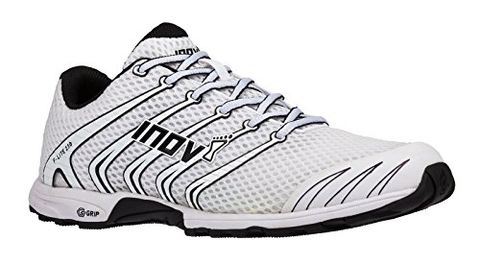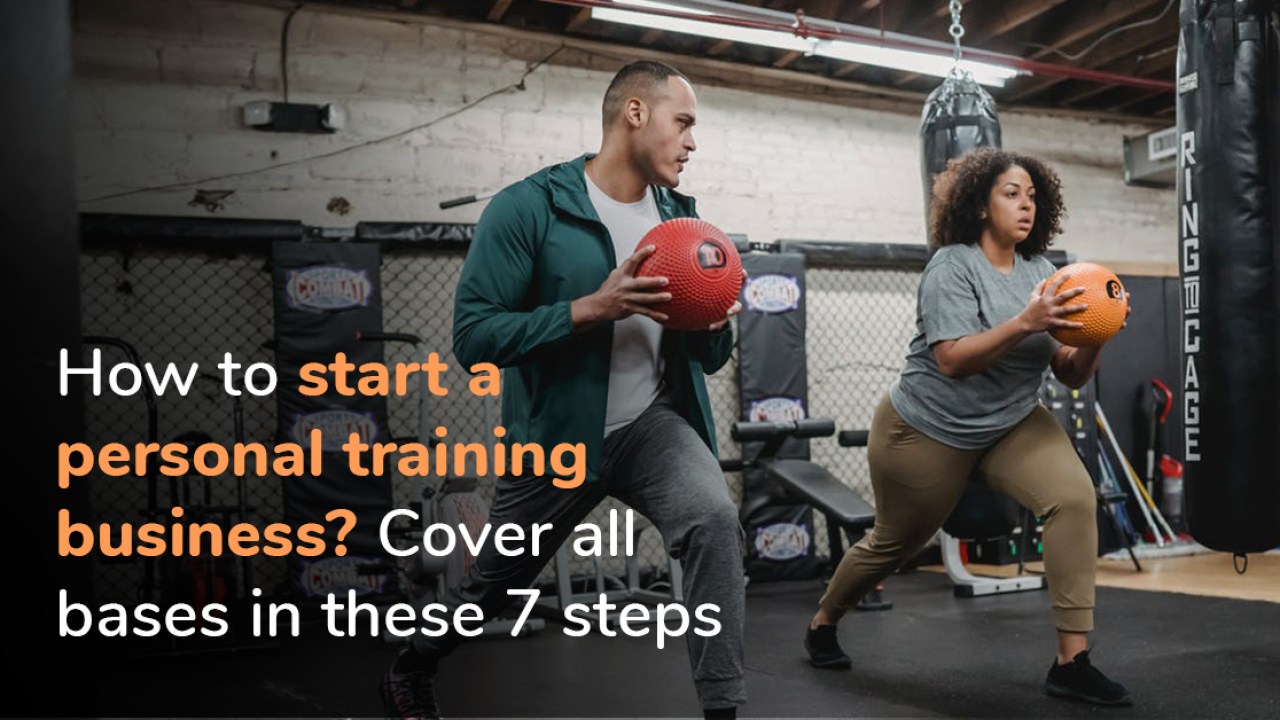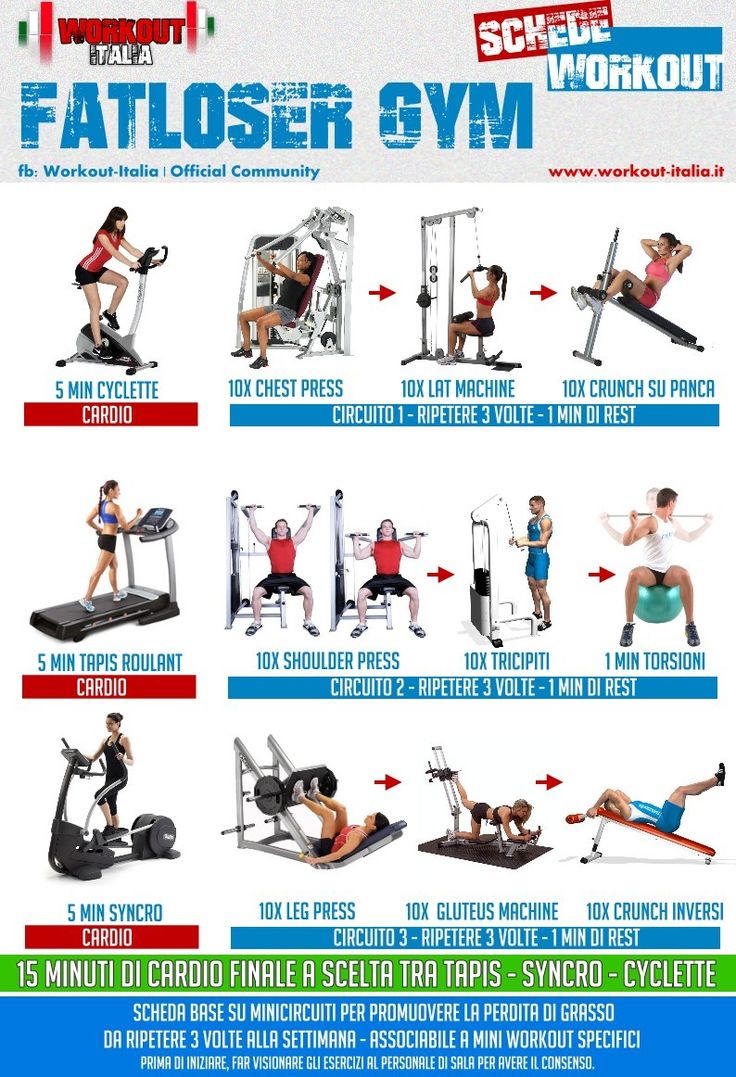
There are basic precautions that you can take to prevent trainers blisters, whether you are a marathoner or just an everyday runner. These include tight laces and improper fitting. A blister on the foot can be very painful if you have ever experienced it.
Avoid blisters caused by trainers
If you have blistered feet, you probably want to know how to avoid them. There are many ways to protect your feet and keep them from getting worse. A good first step is to keep your feet clean and dry. If you notice a blister, wash your feet with a mild soap and water, dry them and apply a fresh specialist blister bandage. This will protect the blister from harmful pressure, friction and dirt, and it will also help reduce the pain. It is important to avoid anything that may irritate this area.
It is important to ensure that your shoes fit well. Avoid shoes made of synthetic materials and choose those made of natural fabrics. Be sure to check the straps. It is important to ensure the shoe is the correct size. If the shoe is too large or small, it can create pressure points that can lead to blisters.
Improperly fitting shoes
Blisters on the feet are often caused by improperly fitting shoes. This happens when the shoes rub against skin on the feet. The skin layers are separated and fluid is forced to fill in the gaps. Foot blisters are more common in active people, but they can also be experienced by those who wear properly fitted shoes. Shoes that are not designed correctly can cause blisters as well as wet and moist feet.

Consult a podiatrist to learn more about the causes of blisters. Although blisters can sometimes be painful, they usually heal on their own. However, if the condition persists or gets worse, it's best to get medical attention. A blister may become red and swollen, as well as warmth.
Tight laces
You are more likely to get blisters if your trainers have tight laces when you run or do any other form of physical activity. You can prevent blisters from tightlaced trainers with these simple steps. Lock the heel. This will stop the heel from slipping forward and prevent blister formation. This will also stop your toes pressing against the front of shoes.
One way to prevent blisters from tight laces on your trainers is to wear a shoe with extra holes in the lace. These extra holes will reduce friction on the foot and improve shoe fit. But this is not a foolproof method. Some shoes might still be too tight, which can lead to blisters. A better solution is to have your shoes custom-tied.
Chafing
Chafing blisters can make it extremely painful and unpleasant. There are steps you can take that will help prevent blisters from happening. This includes covering the prone areas with a moleskin. Also, avoid rubbing your feet or exposing them to uncomfortable clothing and footwear. In most cases, prevention is better than cure, so be sure to follow these tips to prevent chafing blisters.
Use a lubricant in areas where blisters are common. A&D Ointment and petroleum jelly are all great options. These lubricants can be applied to your feet or shoes and can reduce friction in key areas. These areas include the heels and toe knuckles as well as the top of the instep. A hairdryer can also be helpful for keeping your feet dry and blister-free.

Moleskin
Moleskin can be used to treat blisters due to trainers. This moleskin is thicker and more durable than traditional bandages. Additionally, the friction of the material will be lessened, which can result in blister popping. This can be very painful and increase your risk of infection.
Aside from preventing blisters, using moleskin can also help protect the skin around the blister. It prevents things from rubbing against the blister and can help prevent future ones. You can wrap your toes with moleskin or cover the trainers. It can also be applied to the heel of shoes, which is especially helpful for shoes with a narrower heel.
FAQ
Why is it important to get enough sleeping?
To maintain a healthy lifestyle, it is important to get enough sleep. Your body needs sleep to heal itself from daily stressors. Your ability to function optimally during the day is dependent on how much sleep you get each night.
Can I exercise after eating?
It all depends on which type of exercise you are performing. Avoid strenuous exercise after meals as it can cause stomach cramps. Focus on light aerobic activities such as biking or brisk walking.
Why is fitness so important?
It is essential to maintain our physical health. To maintain our strength, flexibility and weight, as well as our cardiovascular system, we must exercise regularly. Exercise improves sleep quality, helps with stress management, increases energy and boosts self-esteem.
Can exercise help me lose weight?
Yes. Yes. Regular exercise can help you lose weight and burn extra calories. Regular exercise can help you burn calories even when your metabolism is not high.
What Are Cardio Exercises?
Cardiovascular activities are any exercise that makes your heart work harder than normal. Examples include jogging, swimming, bicycling, rowing, and dancing. These activities help you burn fat and increase your metabolism. These activities can help you keep fit and strengthen your heart.
What is the importance and benefits of good nutrition for your health?
Nutrition is important for our health and well-being. A healthy diet should include fruits, vegetables and whole grains as well as lean proteins, dairy products, and legumes. A healthy diet will help you stay active and fit, which in turn leads to better overall health.
What is Resistance Training?
Resistance training is performed with weights and other objects. Lifting weights can strengthen your arms, shoulders and chest as well as your back, legs and core. Resistance training promotes strength, muscle mass, and bone density.
Statistics
- In high-income countries, 26% of men and 35% of women were insufficiently physically active, as compared to 12% of men and 24% of women in low-income countries. (who.int)
- Globally, 81% of adolescents aged 11-17 years were insufficiently physically active in 2016. (who.int)
- Adolescent girls were less active than adolescent boys, with 85% vs. 78% not meeting WHO recommendations of at least 60 minutes of moderate to vigorous intensity physical activity per day. (who.int)
- According to the Centers for Disease Control and Prevention, chronic diseases cause 7 out of 10 deaths in the U.S., and treating chronic diseases accounts for 86% of U.S. healthcare costs. (mana.md)
External Links
How To
How to burn belly fat faster
When trying to lose weight, belly fat is often viewed as a problem. When you stop and think about it, Belly Fat can actually be a blessing. It's the amount of fat stored around your stomach that protects your organs from getting damaged. Let's look at how to rapidly lose belly fat.
Lack of exercise and stress are the main reasons we store body fat. Because of its stimulation of the production hormone cortisol, stress can make us feel hungry continuously. Cortisol can increase insulin levels in the blood. The excess calories are stored as fat by insulin. A lack of sleep leads to adrenaline being released into the system which causes an increased appetite. These extra calories can easily be lost through exercise.
There are many options to reduce belly weight. You can try any one of them depending upon your budget. Here are some quick tips to get rid of belly weight.
-
Try to eat less food. Instead of eating three large meals a day, eat smaller meals. You will eat less calories in general.
-
Make sure you drink plenty of water. Water flushes out toxins in your body and helps you stay hydrated. Drinking water before meals will help you feel fuller for longer, so you don't overeat.
-
Avoid snack foods that are unhealthy. If you're looking for quick fixes, snack foods like chips, cookies, candies, etc. might seem tempting. Avoid these unhealthy treats. They are full of empty calories, too much sugar, and can be very fattening. Instead, opt for healthy alternatives such as fruits, vegetables and whole grains.
-
Strength training should be performed at least 3 times per week. Strength training helps build muscle mass, which means that you can burn more calories even when you are resting. It strengthens bones and muscles, ligaments, muscles, tendons, heart, lungs, as well as joints.
-
Walk or stretch regularly. Stretching can improve flexibility, mobility, and reduce back pain. Walking is great for burning calories.
-
Reduce alcohol intake. Avoid alcohol.
-
You can lose weight slowly. First, determine your current weight. Then calculate your ideal weight by adding 5% to 10% of your total body weight. Once you have calculated your target body weight, you can begin to cut calories by 500-1000 calories every day until your goal is reached.
-
Avoid processed food. These foods are high-in salt, sugar, as well as preservatives. These processed foods are often convenient, but they lack enough nutrients for good health.
-
Don't skip breakfast! Breakfast is good for your concentration, memory, and energy. Breakfast should contain protein (like eggs), fibre (like oats), as well as complex carbohydrates (like oatmeal).
-
Have regular bowel movements. Constipation and irregularity can cause gas and bloating. Drink plenty of water to prevent gas and fiber ingestion.